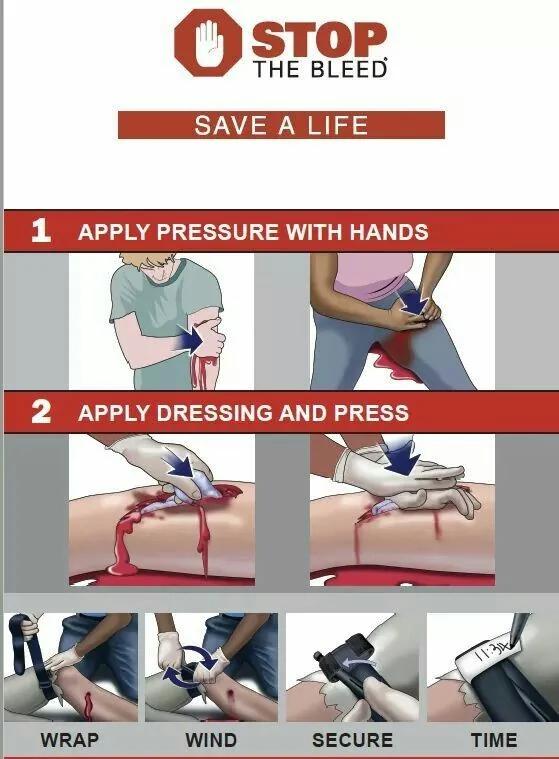
It’s no secret that America has a serious problem with gun violence. But it’s also no secret that there are things we can do to help prevent gun-related injuries and deaths. One such thing is called Stop The Bleed, which focuses on training the public and first responders how to stop bleeding from an injury—a skill that everyone should have in their back pocket. Here’s what you need to know about this life-saving technique:
Stop the bleed save a life. If you’re not trained in using a tourniquet, the best way to stop severe bleeding is with direct pressure. This means pressing firmly against the wound until it stops bleeding. You can use your hands or whatever else you have available (like clothing) for this method–just keep applying pressure until the bleeding stops. If possible, apply additional gauze or bandages over top of your first layer of bandaging material and continue applying pressure until help arrives or you’re able to get yourself somewhere safe with proper medical attention available there. A tourniquet is the most effective way to stop severe bleeding from an arm or leg. You should not use a tourniquet if the bleeding is from a limb that is not in danger of losing its blood supply, such as your finger. To use one, tie it around the injured area and tighten it until you feel resistance; this will prevent more blood flow through that vessel and increase pressure on the wound site, helping to staunch the flow of blood out of your body
It’s important that everyone knows how to provide first aid in any kind of emergency situation, even if it’s as simple as remembering these three steps. Use a tourniquet on bleeding limbs or extremities (arms and legs). If you can’t stop the bleeding with direct pressure, apply a tourniquet above the wound site with your other hand by wrapping it around at least twice before tightening it down with another twist; tighten until you see marks from your fingers–this means that blood flow has stopped completely. Apply pressure dressings over wounds where bleeding does not stop after 30 minutes of direct pressure. Hemostatic agents such as QuikClot Combat Gauze Compressed are also helpful when dealing with deep puncture wounds or severe bleeding
Remember, the best thing you can do in an emergency situation is to stay calm. Take a deep breath and assess the situation before acting. If someone is bleeding out on the ground in front of you, remember these three steps: Stop the bleed save a life!
